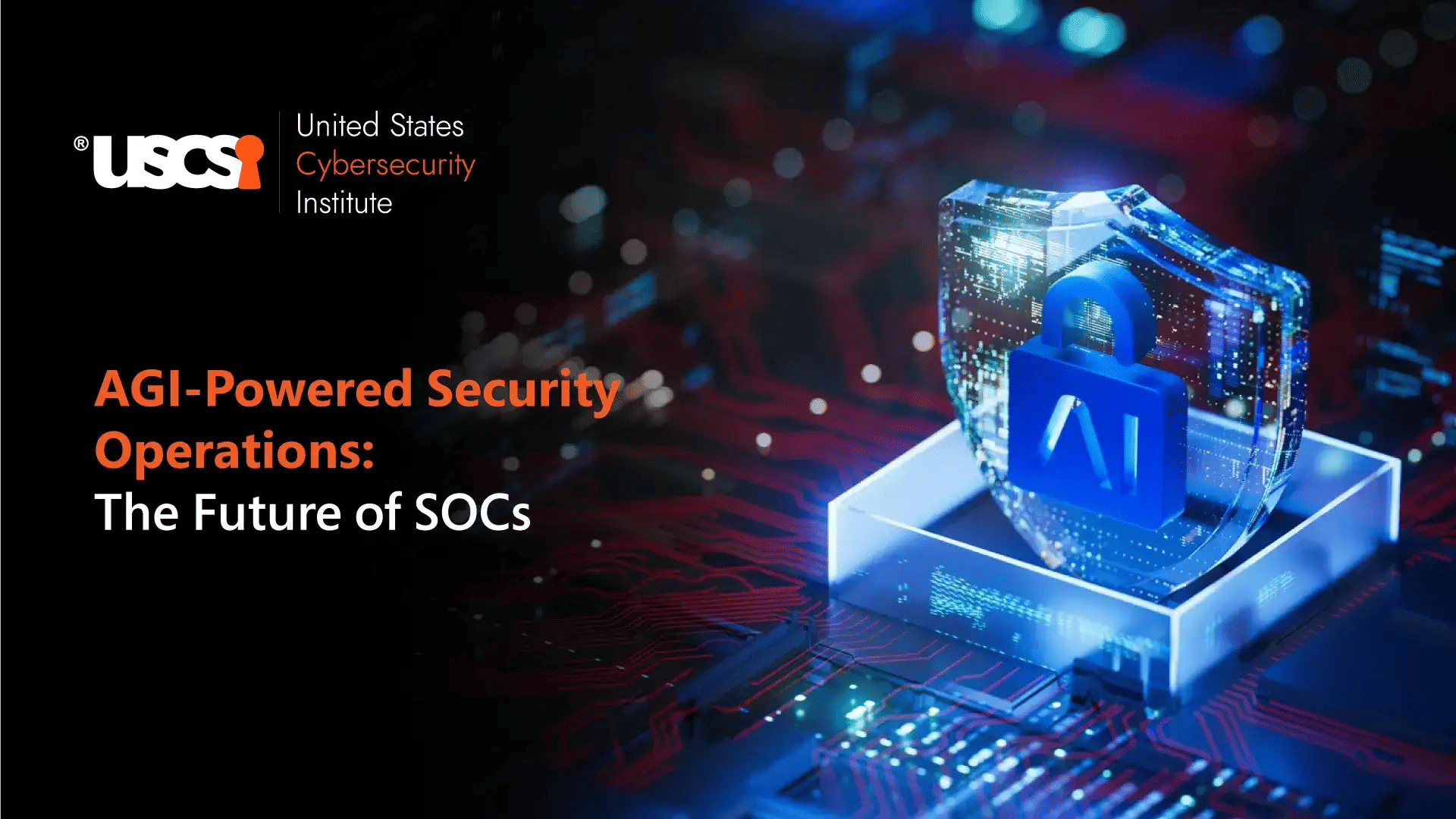

How Large Language Models (LLMs) in Cybersecurity Secure Our Future?
Cybersecurity faces different kinds of challenges, and this industry is highly uncertain. What makes it more unpredictable is the nature of modern cyber threats, such as advanced persistent threats (APTs), polymorphic malware, and insider attacks, which do not follow static patterns.
These kinds of attacks are undetectable and often get lost in huge amounts of unstructured data, such as logs, emails, alerts, threat feeds, and others.

Even more sophisticated attacks like automated phishing scams, deepfake-based social engineering, and DDoS attacks that leverage advanced technologies like AI and machine learning require modern cybersecurity tools and techniques to detect and eliminate.
Traditional defense systems that use signature-based detection or static rules are only good for obsolete threats; however, modern threats require a modern solution like the Large Language Models (LLMs).
Large Language Models in Cybersecurity can prove to be highly effective in combating modern threats. Tools like ChatGPT, Gemini, Claude, etc. have excellent capabilities to interpret subtle context. They can analyze logs as if reading a story, connect alerts with insight of a skilled analyst, and even summarize complex incidents like humans.
Use Cases of LLMs in Cybersecurity
So, here are the different ways in which large language models (LLMs) can be used to enhance cybersecurity:
- Smarter, Context-Aware Threat Detection
LLMs bring context-awareness, unlike traditional defense systems, and detect threats or recognize anomalies in real time. They can function as context engines that can make the rest of an organization’s security stack smarter.
Tools like CYLENS (LLM-based threat intelligence copilot) exceeded conventional U.S. and industry standard systems by integrating vast CVE databases and automating threat correlation and prioritization. This not only accelerates detection but also helps security teams manage the flood of emerging vulnerabilities efficiently
- User and Entity Behavior Analytics (UEBA)
Cybersecurity professionals can use this technology to analyze the standard or set behavior of users and devices. They can easily identify it if there is even any slight deviation from the baseline behavior, and signal an insider threat or maybe credential abuse. They go one step ahead of rule-based systems by detecting even unknown threats. They can also reduce false positives significantly.
- Proactive Threat Intelligence
Cyber defense has to be proactive instead of just reactive. Large language models (LLMs) can easily synthesize huge amounts of threat intelligence feeds into actionable insights. They can evaluate vulnerability reports, analyze malware behavior, and predict potential attack factors beforehand based on historical and real-time data.
- MITRE ATT&CK Technique Mapping
LLMs can also autonomously assign behaviors to relevant MITRE ATT&CK techniques by feeding them with log data, incident reports, and other threat intelligence information. This will help them easily classify and ultimately enhance threat response workflows.
- Phishing Email Detection and Response
Phishing attacks are still the most common form of attack vector, and LLMs can be an excellent tool to prevent these attacks. They can parse email language, their structure, and scan their contents to detect clues regarding social engineering attacks and flag threats that could evade traditional cybersecurity tools.
- Empowering Red and Blue Team Operations
LLMs in cybersecurity are often considered a dual-edged sword as they can boost both attack simulations as well as defense rehearsals.
For example, red teams can use it to generate exploit code, phishing emails, or attack scenarios at scale, which will make penetration testing faster and more realistic.
Blue teams can use it to automate threat detection and response scripting.
LLM-based Agentic AI in cybersecurity raises high concerns as they can act as autonomous attacking agents. Thus, there is an absolute need for strong governance frameworks as well as human oversight to check their misuse.
Ensuring High Accuracy of LLMs to Avoid Hallucination
One of the biggest problems in Large Language Models (LLMs) is the AI hallucination, i.e., incorrect AI-generated responses, and they must be actively addressed to.
Here are a few ways in which cybersecurity specialists can minimize this problem:
- Retrieval-Augmented Generation (RAG)
You can combine the LLM with real-time data sources like system logs, threat intelligence feeds, MITRE documentation, etc., to generate responses based on up-to-date and verified information instead of solely relying on their training data.
- Structured Prompting
Professionals should also use controlled and standardized prompts like {"mitre_technique": "T1566.001", "confidence": 0.93} to minimize ambiguity and limit open-ended generation.
- Human-in-the-Loop Validation
It means security analysts must review and approve all high-impact recommendations themselves, such as containment measures or incident categorization, before they are executed.
- Audit Logging
Security teams must maintain detailed logs of every AI-generated output, including the input prompts, context retrieved, and final recommendation. This will ensure transparency, traceability, and continuous model improvement.
- Fine-tuning Feedback Loops
Organizations also need to regularly update and refine the model they are using by considering feedback from analysts and improve their accuracy.
LLMs aren’t here to replace your Security Operations Center (SOC); they’re here to enhance it with insights that are explainable, auditable, and trustworthy.
What Does the Future Hold for LLM In Cybersecurity?
While Large Language Models (LLMs) form the foundation of AI in cybersecurity today, the next wave of innovation lies in three converging technologies that promise to redefine how we secure digital environments: Agentic AI, Model Context Protocols (MCP), and Agent-to-Agent (A2A) architectures.
Agentic AI
Agentic AI in cybersecurity is the autonomous systems powered by LLMs that can reason, plan, and act within defined parameters by themselves without much human intervention. In terms of cybersecurity, these intelligence agents can help to investigate alerts, draft incident reports, suggest containment strategies, and improve over time through continuous feedback.
Though they are far from replacing human analysts, they can be used to work like Tier-1 analysts on autopilot. They can handle regular routine tasks with greater speed and consistency.
Model Context Protocols (MCP)
They are an emerging framework useful in managing complex AI deployments. Today, organizations use multiple AI models to detect, analyze, and respond to threats. So, MCPs can be used to ensure these models communicate effectively and share contextual information.
It will also help preserve logical flow and memory between AI modules to assist with chain-of-trust auditing as well as support compliance with regulations and standards through explainable automation.
Agent-to-Agent (A2A) Architecture
A2A architecture refers to a modular and collaborative approach in which multiple AI agents in cybersecurity are specialized in different cybersecurity domains and work together as a coordinated team.
While one agent can do the anomaly detection task, another can map those threats to the MITRE ATT&CK framework, and a third one can generate the necessary steps to eliminate those threats.
These architectures are already being tested in cyber defense research and give us a glimpse of what the future of AI agents is in the field of cybersecurity.
Together, these developments point toward a future in which AI doesn’t just assist cybersecurity professionals but becomes an integral, proactive partner in protecting digital infrastructure. With best cybersecurity certifications, professionals can empower themselves with future-ready tools and techniques to enhance their organization’s security as well as their careers.
Conclusion
As we move towards the future, AI will not just help in detecting threats, but it will also help us understand and eliminate them, even without much human guidance.
So, organizations must take the first step. This is the time to invest in technology like LLMs and generative AI, along with strong architecture and governance to build a secure, reliable, and impactful security posture.





